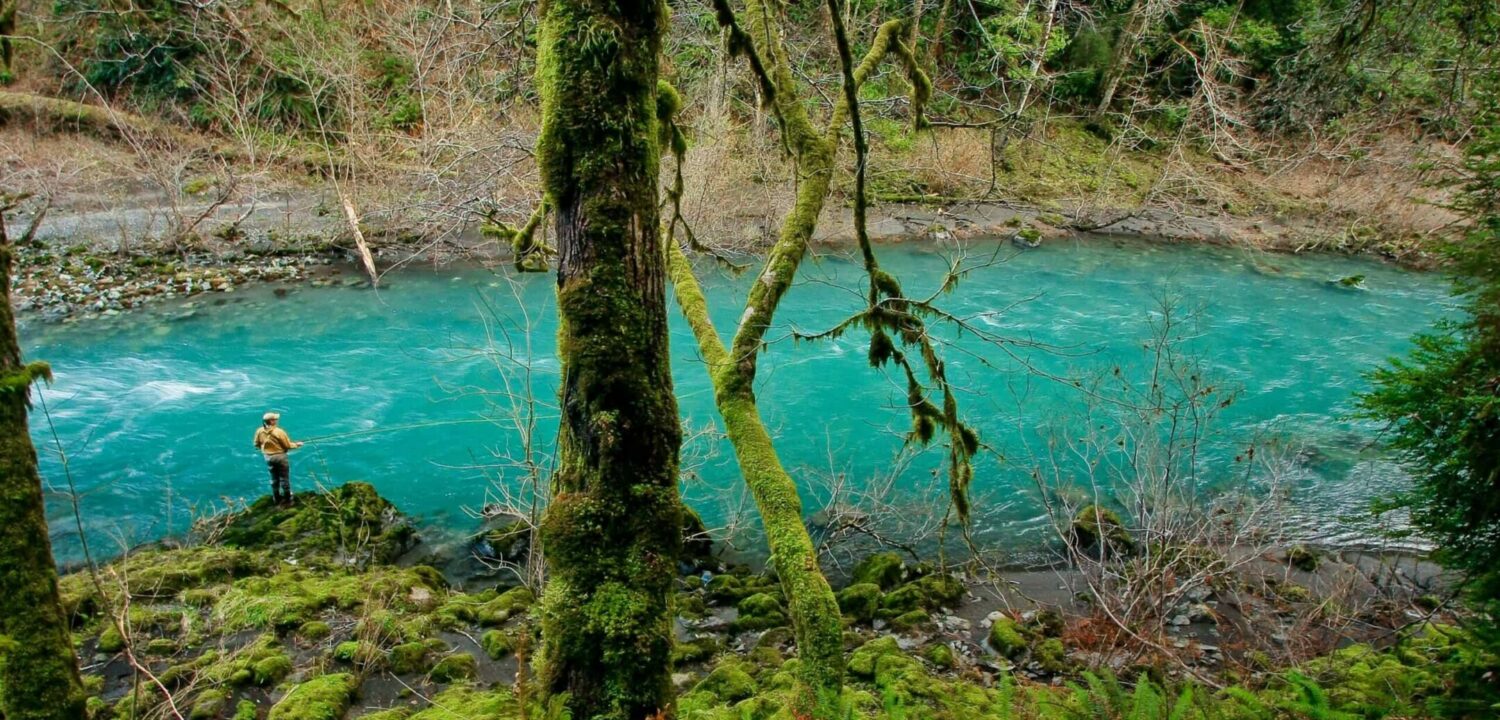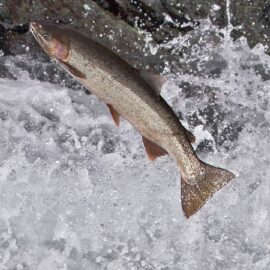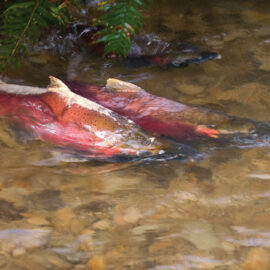The move creates the largest network of wild fish management zones south of Canada. Here’s what that means.
On December 17, the Oregon Fish & Wildlife Commission voted to establish a network of Wild Fish Emphasis Areas (WFEAs) covering Southwest Oregon.
In the world of salmon conservation, this is an important win, says Wild Salmon Center President & CEO Guido Rahr.
“This creates the largest network of wild fish management zones south of Canada,” Rahr says. “With this vote, the Commission has moved to prioritize genetic diversity for Oregon’s wild fish runs.”
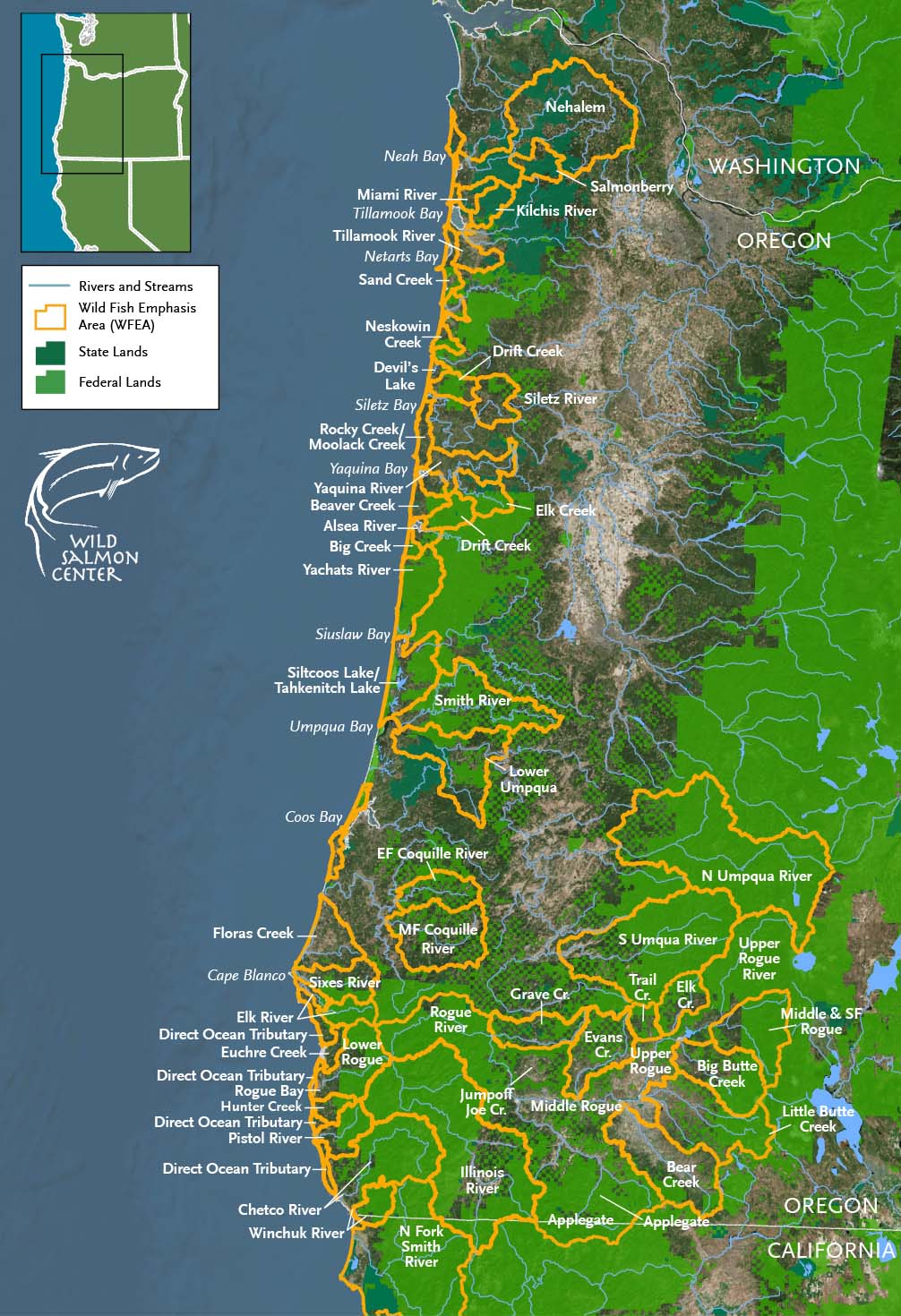
Building on a novel WSC-backed plan that established a network of wild fish zones on Oregon Coast streams from the Columbia to Cape Blanco in 2014, the new conservation plan extends Oregon’s network of wild fish management watersheds even further south—down to California’s Smith River.
The plan establishes wild fish emphasis areas in 18 of 26 South Coast watersheds. In these 18 watersheds, wild fish management will be the highest priority going forward, preventing the establishment of new hatchery programs within those 18 zones. The plan also calls for improvements to harvest management, and population-level monitoring of both adult and juvenile fish for all rivers.
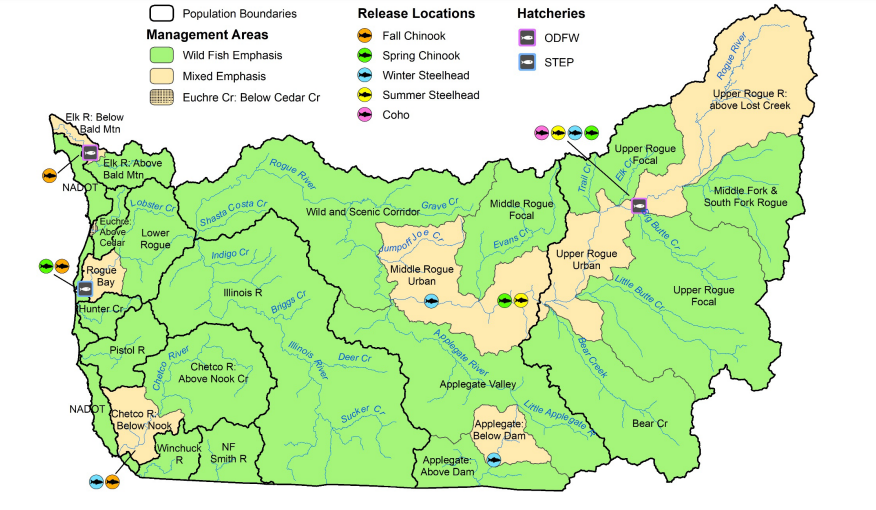
According to WSC Science Director Dr. Matt Sloat, habitat and genetic diversity are the most impactful areas where conservationists can focus to maintain resilient salmon and steelhead populations at a time of increasingly volatile climate change.
“Protecting habitat and genetic diversity is our best bet for securing a durable future for salmon,” Dr. Sloat says. “By minimizing the impacts from hatchery fish, wild fish zones can safeguard the genetic diversity of locally adapted populations, giving them the best chance of getting through the current climate crisis.”
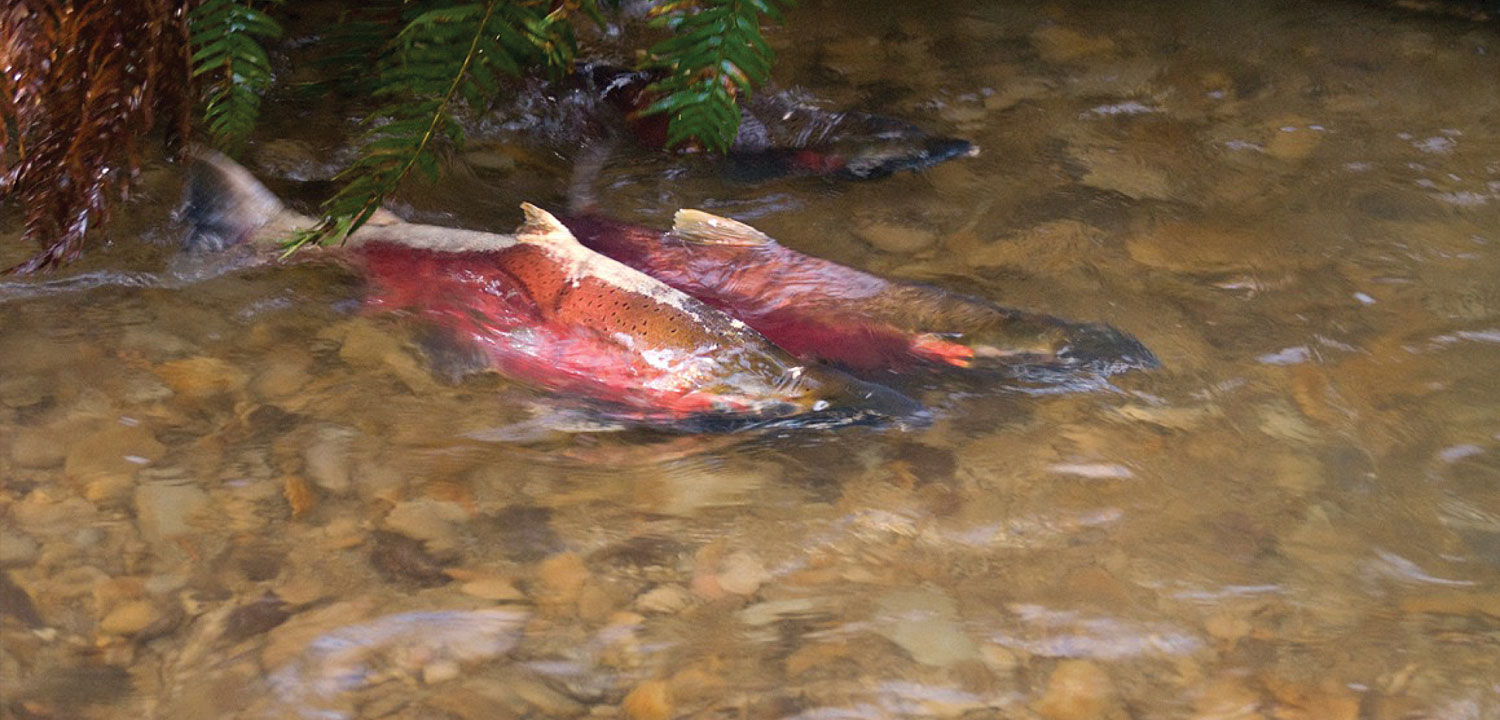
According to Rahr, the unique genomes of the West Coast’s wild salmon runs represent an astonishing diversity of life histories.
“As any good investment manager knows, you have to have diversity to survive unpredictable conditions,” he says. “That’s absolutely true of salmon as well. By preserving genetic diversity, we’re safeguarding salmon’s best tool for adapting to climate change.”
“As any good investment manager knows, you have to have diversity to survive unpredictable conditions,” Rahr says. “That’s absolutely true of salmon as well. By preserving genetic diversity, we’re safeguarding salmon’s best tool for adapting to climate change.”
With December’s vote, the Commission directs the Oregon Department of Fish & Wildlife to prioritize efforts to protect genetic reserves of wild runs of coho, fall Chinook, winter and summer steelhead, and other salmonids.
Prior to the vote, the South Coast Plan received passionate public testimony from anglers and guides, Tribes and coastal communities, conservation groups and legislators. Nearly two thousand Oregon residents either gave public testimony or wrote to the Commission to urge the inclusion of a broad range of conservation actions in the plan.
While the final plan is a win for wild fish, it does not contain all of the protections supported by WSC and our partners.
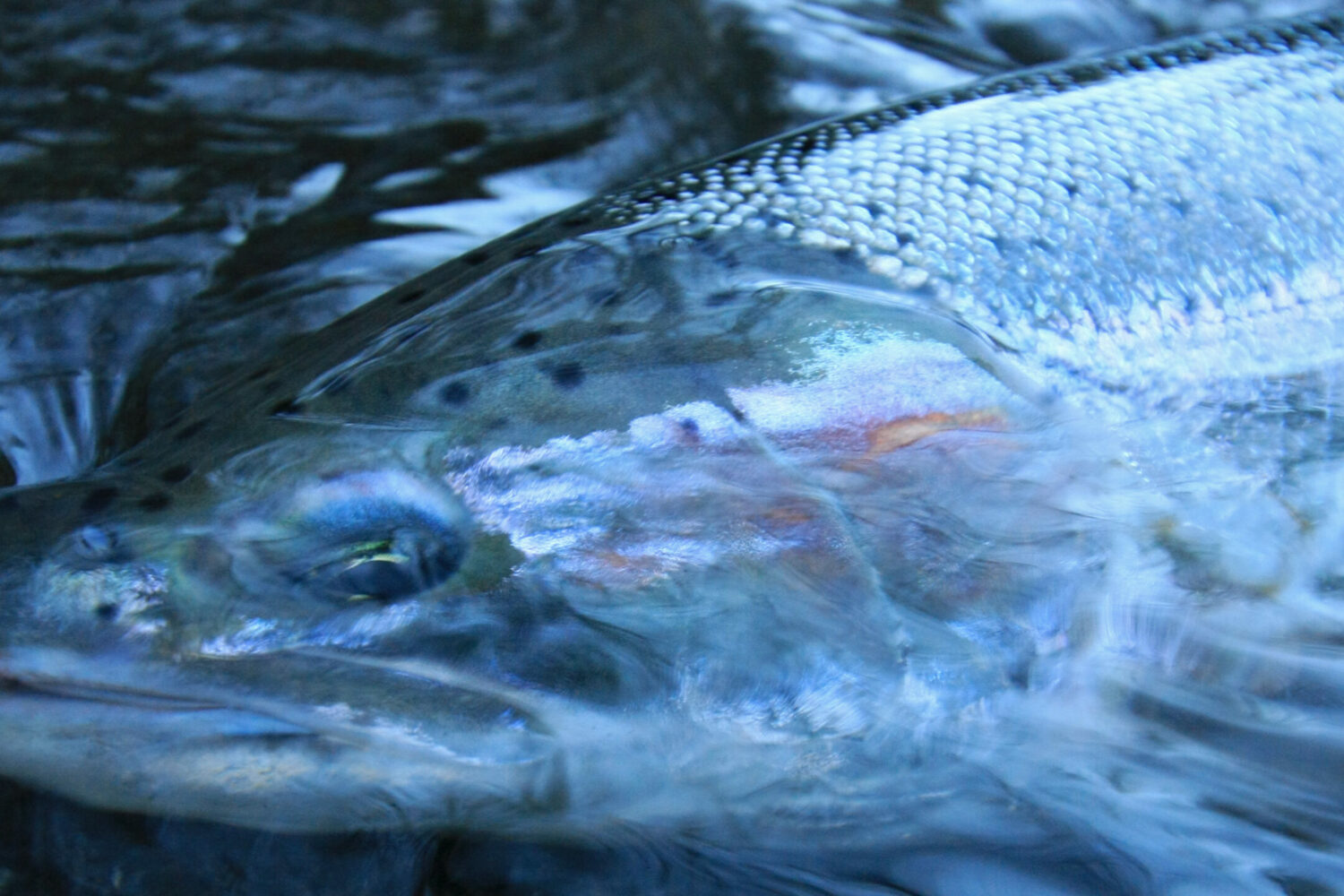
According to Dr. Tim Elder, WSC Southwest Oregon Program Manager, conservation groups including WSC asked the Commission to adopt “catch-and-release only” for wild steelhead. In a split vote, the Commission moved to maintain limited steelhead harvest for the next five years while monitoring the impact. The issue will be revisited by the Commission at the end of the five-year period.
“We didn’t get everything we wanted into this plan, but it does raise the bar significantly for South Coast wild fish protections,” Dr. Elder says.
According to Dr. Elder, WSC looks forward to serving as a resource for fish and wildlife officials as they work on plan implementation.
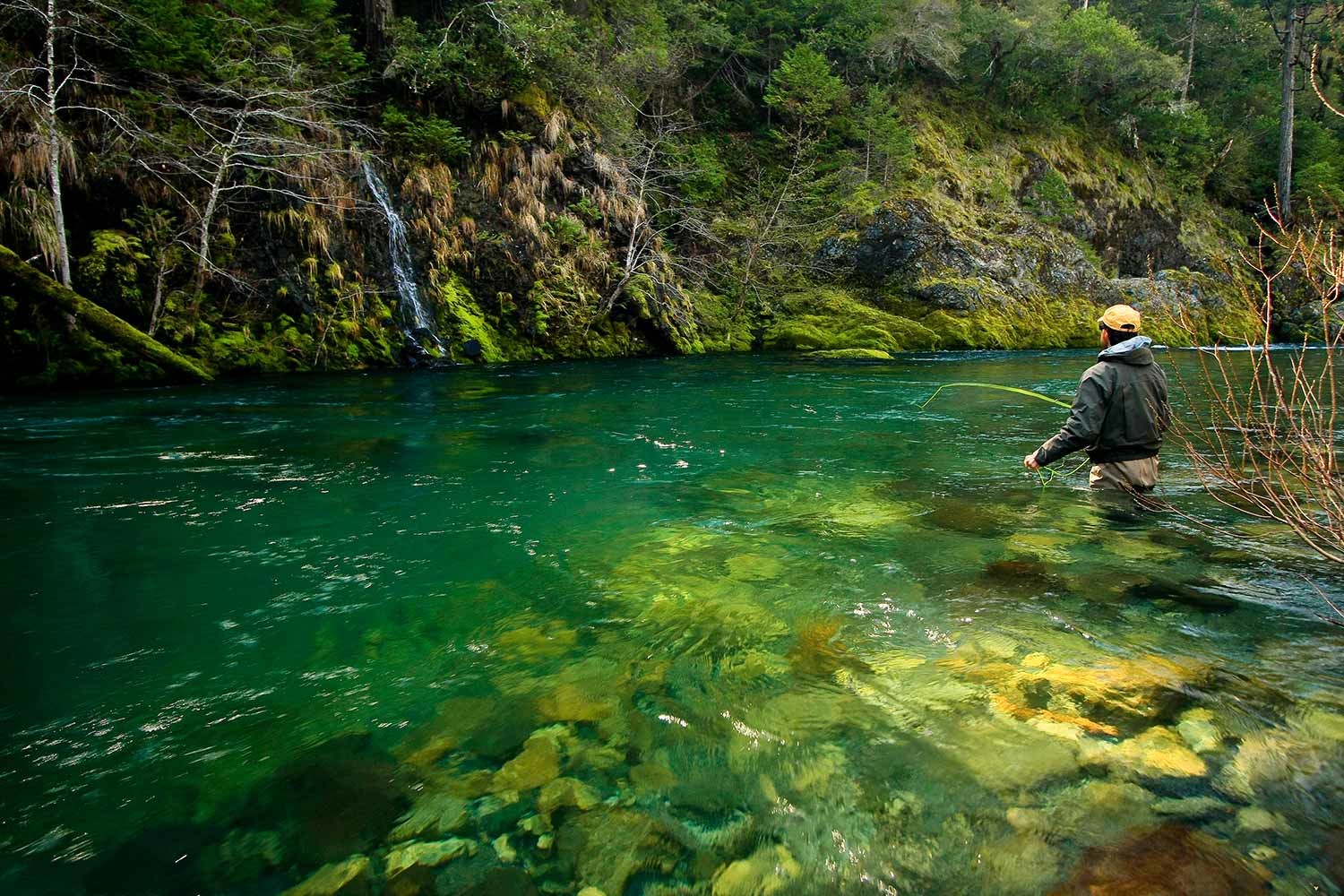
“This is a much-needed move in Southwest Oregon, and it’s one that will create a network of genetic reserves for wild fish,” he says. “The Commission deserves a lot of credit for this part of the plan.”
If successful, Oregon’s wild fish management network could offer a new model for salmon strongholds elsewhere. And that could be an even sweeter win for wild fish: by expanding our commitment to diverse wild salmon populations in Oregon and across the North Pacific.
If successful, Oregon’s wild fish management network could offer a new model for salmon strongholds elsewhere. And that could be an even sweeter win for wild fish.
